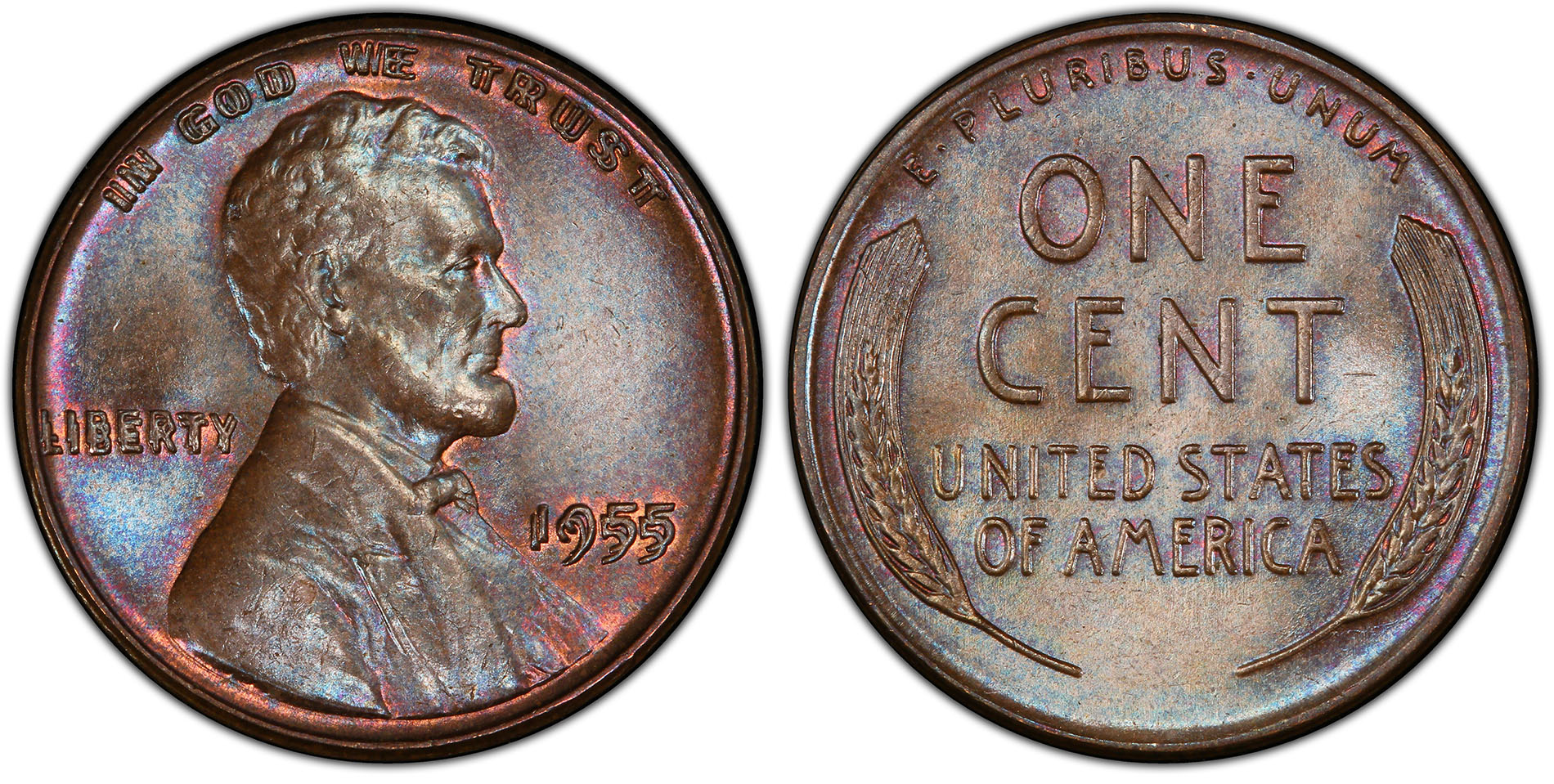Varieties vs Mint Errors: What’s the Difference?
Are mint errors and varieties the same thing? What’s the difference between the two? Mint errors are mistakes that happen during the manufacturing process. Varieties come from variations in the different dies used to strike the coins.
Mint Errors
Let’s start with mint errors. What are they anyway? A mint error is a mistake that happens during the manufacturing process. They are impediments or imperfections in the minting or striking process that impact the appearance of the coin. Since these are made by mistake, each error is unique, and no two will look exactly the same.
PCGS certifies most of the common mint errors but we do not certify any error coins that appear to be human-made instead of mint-made.
Here are a few of the common mint errors PCGS will grade:
Rotated Dies – This error occurs when one of the coin dies rotates leaving the front and back of the coin unaligned. PCGS will only grade coins with a die rotation of 20 degrees or more.
Mules – This error occurs when a coin is struck by mismatched dies. This means that the front of one coin is paired with the back of another or vice versa. The planchet used will tell you what denomination the coin was supposed to be. If the mule has a Lincoln Cent front and Roosevelt Dime back but was struck on a copper planchet, the coin was supposed to be a Lincoln Cent.
Brockages – This error occurs when a coin is struck with another coin. This happens when a coin gets stuck to the die and strikes the next planchet. This leaves the new planchet with an incuse mirror image of the design.
Broadstrikes – This error occurs when a coin is struck outside of its collar. The collar is the retaining ring in which a coin is struck, keeping it the correct diameter upon strike. When a coin is broadstruck, it expands beyond that ring or is struck without the retaining collar present, making the coin larger than intended.
Off-Center Strikes – This error occurs when a planchet is not perfectly placed between the two dies and is struck off-center. These coins are unusually shaped and are always missing part of the design. The off-center percentage is determined by how much of the blank planchet is visible. For example, if you can see 40% of the planchet, the coin is 40% off-center.
Wrong Planchets – A wrong planchet error occurs when a coin is struck on a planchet meant for a different coin. For example, an Eisenhower Dollar struck on a Kennedy Half Dollar planchet.
Varieties
Varieties are variations or slight differences in the different coin dies. They are often less obvious than mint errors and may include differently shaped mintmarks, different-sized dates, or missing elements – for example, the missing buffalo leg on the 1937 3-Legged Buffalo Nickel. Another very popular kind of variety is none other than the doubled die!


